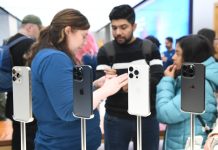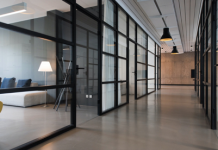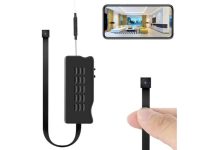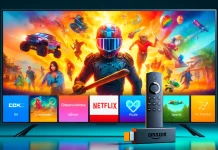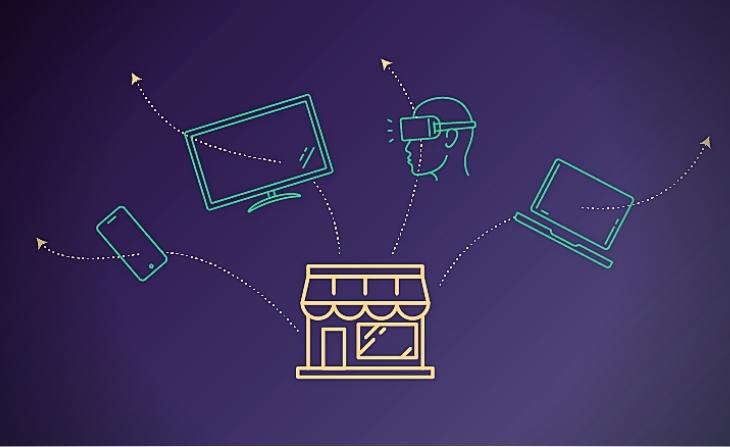You will be surprised to know that the global retail market is expected to reach over 30 trillion U.S. dollars by 2024. Yes, you read that right!
With the advent of the latest technologies and trends, the retail industry is growing at a rapid speed and there is no way to go back. However, like every industry, retail companies are also prone to ups and downs. In fact, it is one of the industries to face problems down the road. The volatile business environment of the retail market can be a severe headache for brick-and-mortar retailers who are still recovering from the adverse effects of Covid-19 on their business.
Whether you run an online or offline retail store, it is more important than ever to provide your customers with a seamless shopping experience. Make the best use of the power and potential of technology to make your customers happy and satisfied.
In this blog, we have shared a list of top technology trends that can help you make your retail business a huge success.
1. Hybrid Retail
Over the last few years, there has been a significant rise in the number of online shoppers worldwide. You will be amazed to know that there were 2.14 billion online buyers in 2021.
People find it more convenient to shop online than offline. Online shopping offers customers the ease to shop from anywhere at any time while sitting in the comfort of their homes. Online shopping is beneficial for both customers and retailers. It helps retailers to know about their customer taste and behaviour so that they can improve and provide a better shopping experience to their consumers.
Now, here comes the concept of hybrid shopping. It is the combination of the best of both worlds—online and offline or digital and in-person to make the buying journey of customers hassle-free. In other words, hybrid retail bridges the gap between traditional and online retail.
For instance, offline retail stores can implement various features and services offered by online stores. This includes flexible payment options, home delivery, and shopping coupons to name a few. At the same time, online retailers can learn to build strong customer relationships and provide them with a seamless shopping experience just like offline stores.
Implementing a hybrid retail model can help retailers boost brand awareness, retain customers, and earn loyalty.
2. Personalization is the Key
Happy customers are the repeat ones. The best way to keep your customers happy and satisfied is to provide them with the right product as per their taste, size, and preference. The product must be personalized as per the needs of the customers.
For instance, one of the popular sportswear brands, Nike offers flexibility to its potential customers to customize shoes as per their taste. This trend is not just confined to clothes or footwear. The brands must personalize every service throughout the customer journey from product choice to sales and marketing to engage more eyeballs.
3. AR and VR Technology
A great, efficient, and hassle-free shopping experience is the top priority of both shoppers and retailers. The best way to provide a smart retail experience to your potential audience is by implementing AR and VR technology into your business model.
AR (Augmented Reality) and VR (Virtual Reality) allow customers to experience products from anywhere and influence their buying decision. It makes it easier for the customers to feel the product just like in a physical store.
Some of the popular brands that use AR/VR in their physical stores are Nike, IKEA, and Apple. For instance, Lenskart allows customers to try eyeglasses online in real time.
Also Read : A Detailed Comparison Between Web 3.0 and Metaverse
4. Contactless Payment Options
Do you know that 8 in 10 customers prefer contactless payments?
Gone are the days when people used to carry a bulk of cash to buy goods and services. Customers look for flexible payment options to make a purchase. They look for cashless or contactless payment modes for their products.
Over a period of time, payment trends like buy-online-pickup-in-store (BOPIS), buy-online-return-in-store (BORIS), and buy-online-pickup-at-curbside (BOPAC) are quickly gaining immense popularity for all good reasons.
Contactless payments and autonomous shopping save customers from all the hassle of wasting time while counting cash or entering PINs.
5. Sustainability is a Must-Have
You will be shocked to know that more than a third of global customers are ready to pay more for sustainable products.
In the present time, customers are most likely to buy products that are eco-friendly and sustainable.
Their buying decision depends on whether or not the retail companies follow strong environmental, social, and governance (ESG) standards for their products.
This clearly means that retailers must follow this trend to experience more traffic and quickly form a strong relationship with their customers. The best you can do is avoid excess packaging to reduce landfill waste. For instance, a South Korean e-commerce company, Coupang reduced packaging from 75% of its deliveries, resulting in higher brand loyalty.
It’s quite evident that adopting sustainability is one of the effective ways to earn more customers and sales.
Let’s Wrap Up
Implementing even one of the mentioned trends can be fruitful for your retail business. From more customers to higher sales, increased brand awareness, and gaining a competitive edge, keeping your business updated offers a whole host of benefits.
Stay on top of the latest business, gaming, and tech news with My Gen Tec. From the best business strategies to marketing tips and technology trends, the platform provides relevant and useful information.





